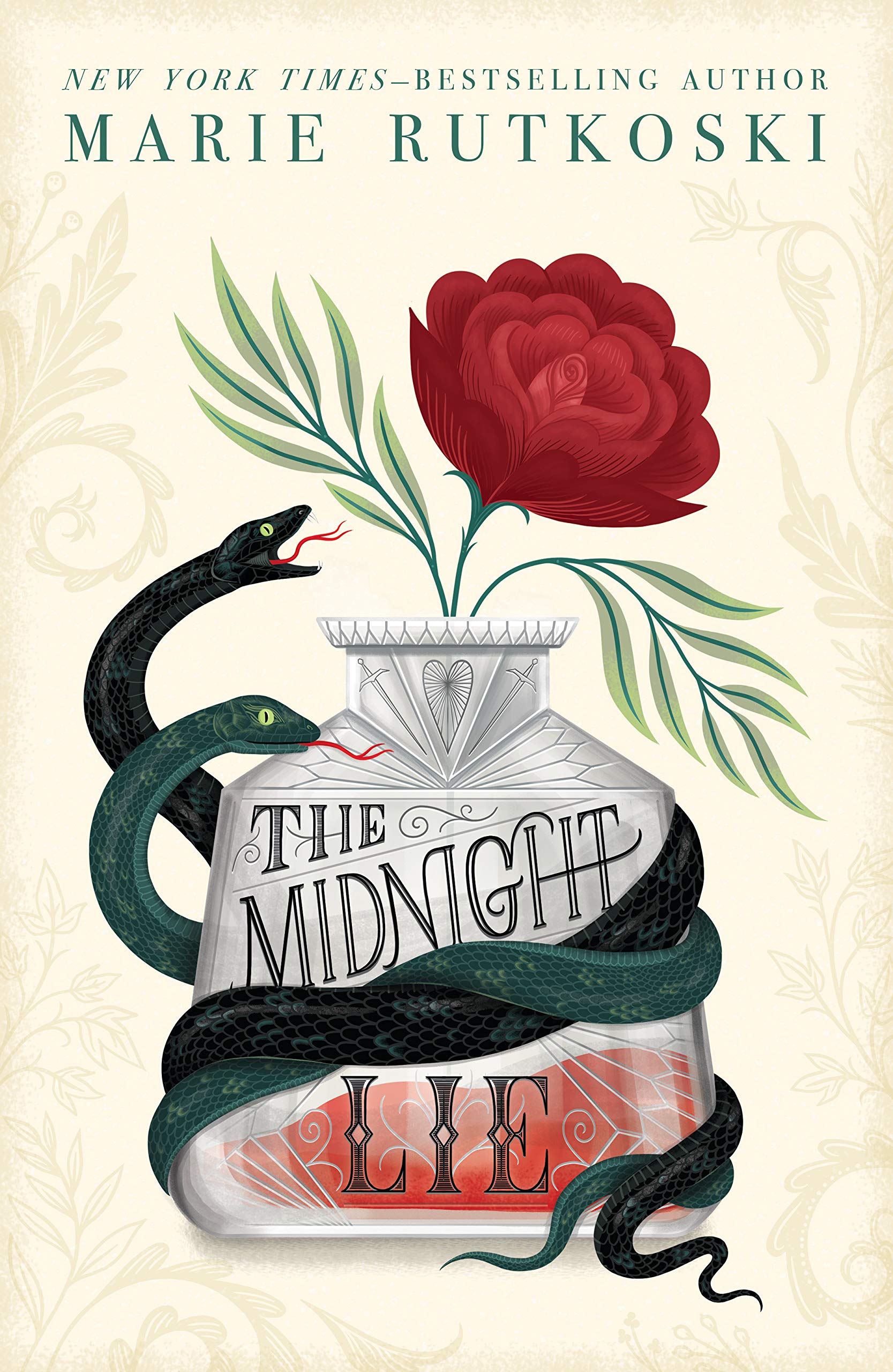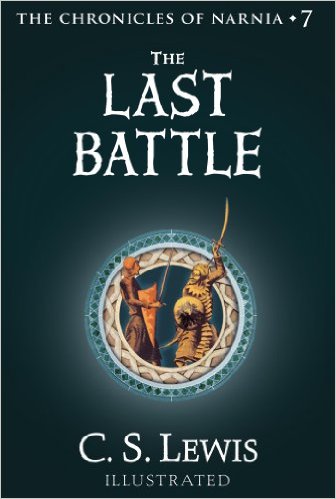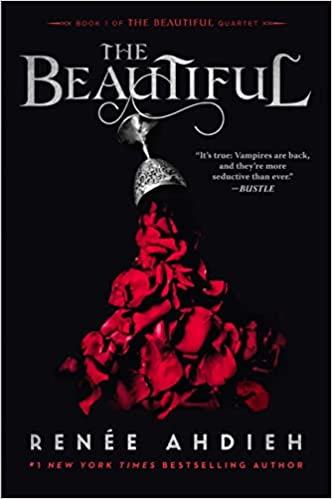[button color=”black” size=”big” link=”http://affiliates.abebooks.com/c/99844/77798/2029?u=http%3A%2F%2Fwww.abebooks.com%2Fservlet%2FSearchResults%3Fisbn%3D9780547014739″ target=”blank” ]Purchase here[/button]
The fifth book of the Squire’s Tales series continues this Wisconsin-based author’s retelling of Arthurian legends for younger readers with a combination of two knightly love stories with the point of view of a minstrel knight who has fallen out of love with romantic love. Forced into knighthood, though he would rather be a rebec-playing troubadour, Sir Dinadan rides out into the English countryside in search of inspiration for heroic ballads. Instead, he finds disillusionment. First it comes in the form of a beautiful lady who toys with his heart and tries to trick him into doing something vile. Then he observes the series of tasks that a would-be knight named Culloch must do to win the hand of a Welsh princess—ridiculous tasks that have nothing to do with the “helping the helpless” sort of thing King Arthur values in his knights. And thirdly, he gets mixed up in the affair of Tristram and Iseult, the most tragic lovers in all of song and legend, though in reality (as Dinadan sees it) theirs is the stupidest and most sordid story of all.
Of course, Dinadan also meets King Arthur himself. He goes questing with Sir Kai and Sir Bedivere. He befriends Sir Gaheris, younger brother of Gawain. He plays a role in the Moorish knight Sir Palomides’ quest to understand the true nature of knighthood. He helps a prince reclaim his throne from a pair of vile usurpers, and he puts a lady-in-waiting who knows too much in the medieval world’s witness protection program. He solves a missing-persons mystery, helps an abused wife and her children escape from their abuser, and even meets some magical beings. But for all the charm, humor, and romance of his adventures, his is still a journey of disillusionment. It turns out that knights aren’t always (or even often) paragons of virtue, honor, and public-spiritedness. Nor is the happy ending necessarily when the boy and the girl get married.
As usual, Morris skillfully draws together material from a variety of traditions, including authentic minstrel songs, the Welsh Mabinogion, Malory’s Morte d’Arthur, and even a bit of Shakespeare. Though the hero in this installment is a tiny figure in Arthurian literature, his sarcastic wit combined with his willingness to decline an offer of combat make him a remarkable point-of-view character in a series of quests and chivalric encounters. Frankly, someone was bound to point out that stupidity is the active ingredient in the tragedy of Tristram and Iseult, as well as Culloch’s winning of the fair Olwen. Not all legends are founded on good sense, or even good taste; it’s about time that someone let the air out of them. How better to do it than by making them detours in an easygoing knight’s quest for nothing in particular, except maybe for the inspiration for his next tune? How better to appreciate the strengths and weaknesses of these tales than from the eyewitness perspective of a young man who has the deep insight, for instance, to call Sir Tristram a “fatuous clodpole”?
I continue to enjoy these novelizations of the deeds of the Round Table, each blending ancient tales with original material. Next in the series is The Princess, the Crone, and the Dung Cart Knight, a title I have anticipated with pleasure. After that are at least four more titles in this series. Plus, Morris has also written some four illustrated children’s books about the knights of the Round Table, grouped under the title “The Knights’ Tales.” The Adventures of Sir Lancelot the Great looks like a fun way to start Junior on his quest to discover the secrets of knightliness.




